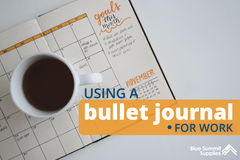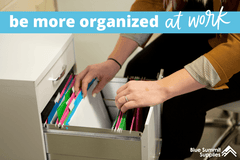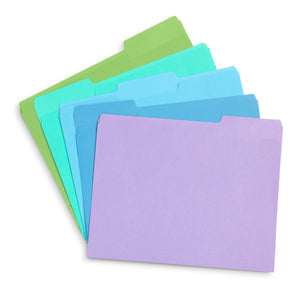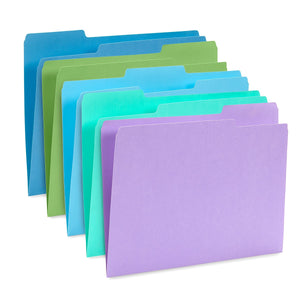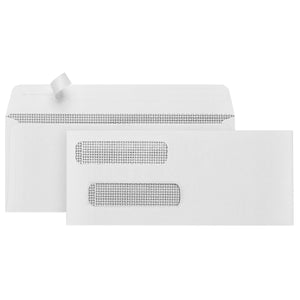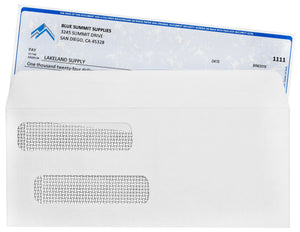“Warmest regards,” “warmest regards,” warmest regards…” Do you sign off your emails the exact same way every time like a broken record? It’s time to add some personalization and pizazz to your end of message sign offs.
We’ll discuss how to best sign off an email based on who you are emailing, including a long list of alternatives to the well-meaning, but generic “warmest regards.”
What to Consider When Crafting an Email Sign Off
While the opening of your email is important too—we covered that in a recent article: How to Open an Email—the sign off is what people are left with. It’s the last thing someone will think about when they finish reading your email.
What do you want to convey? How do you want the email recipient to feel? How much urgency is required? Do you want to present a formal or light tone? Is there anything they need to remember that you should touch on as you sign off?
Your email sign off should consider the importance of the email as well as who you are emailing. Is the email for one of your colleagues that you speak to on a day-to-day basis, or are you emailing someone you’ve never spoken to before? Are you emailing one person or a group of people? Have you built up a rapport so that a light joke is appropriate, or are you emailing a boss or a client who expects a professional tone?
Tailoring the email to the recipient and adding any personal touches you can think of will make the recipient feel special. They’ll know you thought of them specifically, which will leave the email off on a high note. A positive email experience has an added psychological benefit. If the person you are emailing feels good after they read your email and feels like you took care to connect with them specifically, they will be more likely to prioritize a response or any requests you made within your message.

What to consider when ending an email:
- How professional or formal should you be based on who you are emailing?
- How many people are you emailing?
- How well do you know the person or people you’re emailing?
- Are you emailing someone inside or outside of your organization?
- Are you emailing someone you don’t know?
- What type of feeling do you want to leave the recipient with after reading your message?
- How urgent is the email or any of the requests in your email?
- What was the tone like throughout the rest of your message?
- Is there anything you can tie back to your email opener?
A Note on Spell Check
Since we're talking about the end of your emails, it’s time for a little reminder about reviewing and editing your writing . Emails are often sent out one after another or hastily in between other work tasks. But no matter how busy you get, you need to take the time to review your work when you’re corresponding in a professional setting.
When you get to your email sign off, don’t jump to the send button. You still need to review your email. Read it over at least once for spelling, grammar, and context. Don’t rely on spell check alone, as these tools are, quite literally, robots 🤖. They won’t be able to catch the nuances within your writing, and sometimes, they make suggestions that are completely incorrect because they don’t understand the context.
If you read through your email and find a mistake or make changes, read through it again. If you found one mistake, there could be others, and if you made changes, you might have added new typos.
While editing, make sure you double-check that the name of the recipient is spelled correctly. There’s nothing more unwelcoming than opening an email with your name spelled incorrectly. Take your time, read through your writing, and only hit send when you are confident there are no typos or grammatical errors.
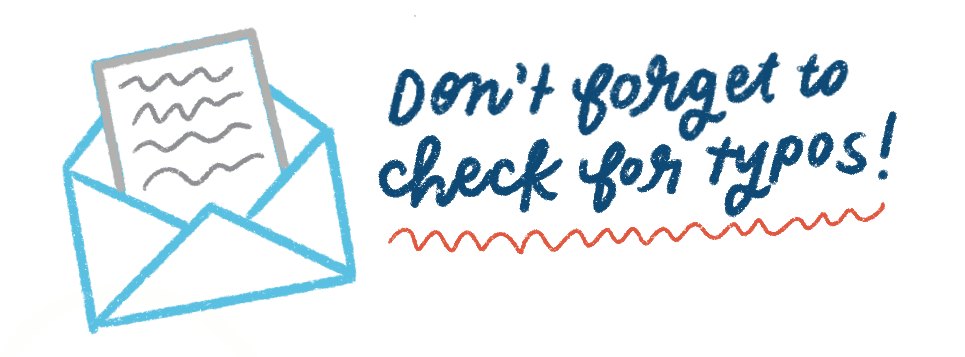
40+ Phrases for Closing an Email
Using the same word or phrase over and over again when closing an email is bland and won’t leave much of an impression. After a while, the recipient will learn to expect the same old send off from you, which will make your sign off lose its meaning.
Switching up your email sign off keeps things interesting and shows that you put in extra care. The more you can personalize elements of the email for the specific recipient or recipients, the better.
We compiled a list of alternate words and phrases you can use based on the type of email you’re sending.
- I hope you have a good day/morning/afternoon/evening.
- Let me know if there’s anything else I can do to help.
- Let me know if there’s anything else you need.
- Let me know if you have any questions.
- Thanks in advance.
- Hope you’re having a good/great/fantastic day!
- Take care.
- All the best!
- Hope you’re enjoying this lovely weather.
- Hope you’ve been able to keep warm.
Formal Ways to Sign Off an Email
- Sincerely,
- Many thanks.
- Best regards.
- Warmingly,
- With gratitude,
- Thank you for your time.
- Thank you for your understanding.
- Thank you for the opportunity.
- I look forward to hearing from you.
- I look forward to working with you.
- Your assistance is greatly appreciated.
- If you have any questions, don’t hesitate to contact me.
Light or Funny Ways to Sign Off an Email
- Cheers!
- Thanks a million!
- Best,
- Talk soon.
- Chat soon.
- Enjoy the day.
- Enthusiastically,
- You’re a rockstar!
- Stay amazing!
- To your continued success!
- You’re an inspiration!
- Hope to see you soon!
- Carpe diem!
- Tag, you’re it.
- That’s a wrap!
- Happy Friday!
- Are you still reading this?
- May the Force be with you.
- Stay golden, Pony Boy.

“Warmest Regards” Meaning: Where Does the Phrase Come From?
Warmest regards or warmest wishes is a simple way to end an email or letter. It’s fairly formal while still conveying a positive intent. You wish the person receiving your message well. It’s a more formal way of saying, “Take care,” or “All the best.”
Ending an email with warmest regards is welcoming, but it may be a bit too formal depending on the specific circumstance. How well do you know the person you are emailing? If it’s a colleague you’ve worked closely with for many years, ending an email with “Warmest regards” may feel robotic and, well, not very warm.

Regard vs. Regards: Don’t Misuse the Phrase
If you do choose to use the “warmest regards” phrase, make sure you are using it correctly. There is a difference between warmest regard and warmest regards. The same is true of best regard or best regards.

The word ‘regard’ has a couple of different meanings. The preposition ‘regarding’ is a synonym of ‘concerning.’ For example, “Has Tom given you more information regarding the pizza you’re supposed to order?” The word ‘regard’ can mean ‘consideration’ or ‘esteem.’ For example, “Tom has no regard for people who don’t like mushrooms on pizza.” Or, “Tom holds pineapple on pizza in high regard.” So the phrase ‘best regard’ doesn’t work as a sign off.
‘Regards’ is a synonym for sincerely, but it’s slightly less formal. It lets the person you’re emailing know that you have respect for them. It’s essentially the same as saying, ‘best wishes.’
📚 Do you struggle with commonly misused phrases? Read our guide: Are You Using These 10 Commonly Misused Phrases?
What Does V/r at the End of an Email Mean?
V/r at the end of an email stands for ‘Very respectfully.’ You might also come across only the /r, which means respectfully. Though ‘Very respectively’ or ‘Respectfully’ are both common email sign offs, the short form is a little less common. It’s mainly only used in certain military circumstances when communicating with an equal or higher ranking military member.

While V/r may be slightly quicker to type out, it doesn't present the care or personal touch you should aim for when you send a professional email. If you want to say ‘very respectfully’ at the end of your email, take the time to type out the full phrase. This is an okay email send off, but it’s quite common, so you may want to consider a more interesting “very respectfully” synonym from our list above.
More on Email From Blue Summit Supplies
💡 Email Etiquette in the Workplace—our guide on email etiquette will help get your emails in great shape before you hit ‘send.’ (Includes a free printable Email Etiquette Cheat Sheet.)
💡 The best business email signatures are simple, professional, and provide the recipient with all of the relevant information they need. Read our guide: Email Signature Closing Ideas and Best Practices.
💡 Whether you use Gmail, Outlook, or another email platform, we’ve got you covered: Best Way to Organize Email: How to Organize Work Email.
Do you love office talk as much as we do? Follow our office supplies blog for the latest trends, workplace strategies, product comparisons, and more.
If you have any questions or want to talk to someone from our team, leave a comment or connect with us on Twitter, Facebook, or Instagram.
 For more informative articles about office supplies, subscribe to our email newsletter!
For more informative articles about office supplies, subscribe to our email newsletter!
Never fear, you won't begin receiving daily sales emails that belong in a spam folder. Instead, we promise a fun weekly roundup of our latest blog posts and great finds from across the web. And if you lose interest, it's always easy to unsubscribe with a single click.




